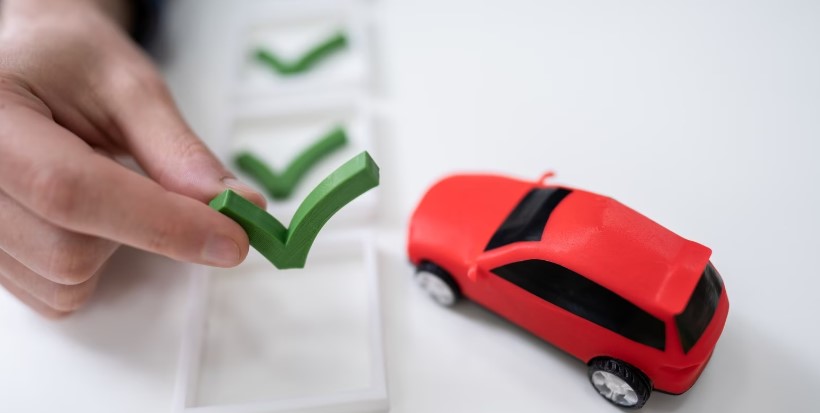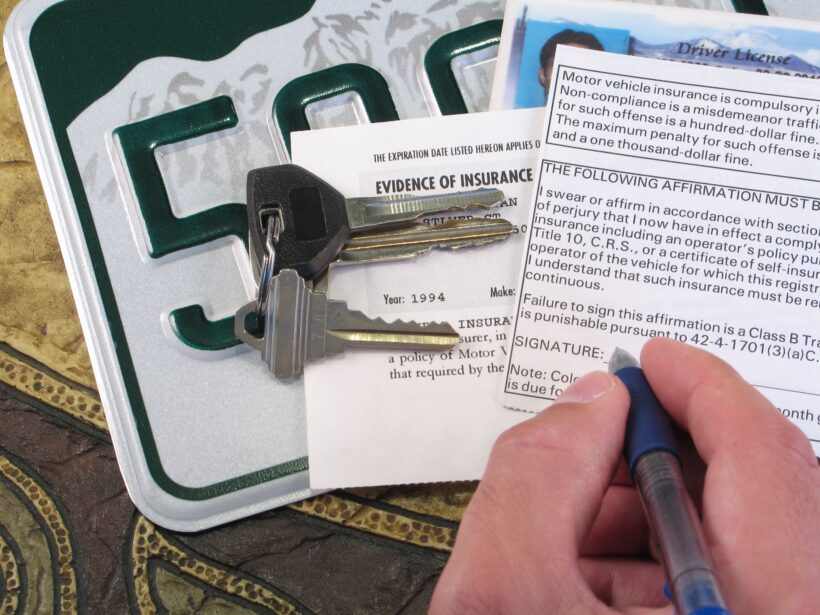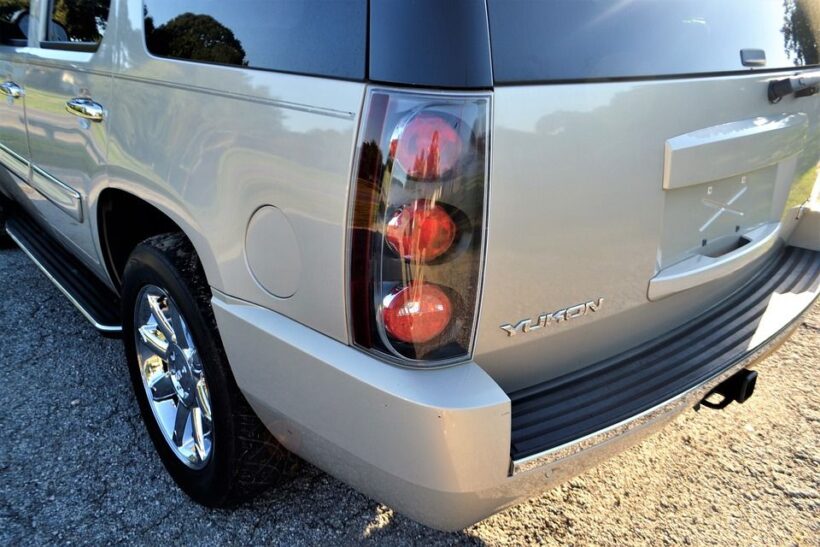Selling a car can be a long, arduous process. When you decide to put your vehicle on the market, you’ll likely want to do whatever is in your power to ensure that you are protected and ultimately walk away with the most money in your pocket. Specific steps must be taken to ensure this happens during car-selling transactions. Here are some ways to protect yourself when selling a car so that you can walk away from the sale feeling secure and having accomplished what you intended.
1. Protect Your Personal Information

You will likely be interacting with multiple people throughout the car-selling process. Keep in mind that there are criminals out to get your personal information and use it for malicious purposes. Always ensure you only give out necessary information when communicating with potential buyers, such as contact details or bank account information. Sometimes you need to disclose any vehicles in your name to enhance transparency, but most times, it’s not necessary. You should also avoid responding to any emails that ask for personal information.
The best way to protect your personal information is by meeting potential buyers in person. This should be done in a public place like a car dealership or parking lot, and make sure you have a friend there with you for extra safety. if they insist on meeting in a private location, that should be a big red flag, and you may want to avoid the sale altogether.
2. Screen Every Potential Buyer
When you put your vehicle on the market, you will likely receive offers from various people. Before responding to any potential buyer, you should do your due diligence and research them. Ask for references or look up reviews on their past transactions. This will give you an idea of their kind of person and if their offer is trustworthy.
You can also ask for proof of income from the potential buyer. You should be wary of their offer if they can’t provide that. You also want to make sure you feel comfortable with them before moving forward in the process. However, you should also understand that some buyers may be unable to provide certain information for privacy reasons. In cases like this, it is vital to trust your gut and go with your instincts.
3. Be Careful When Setting Up a Test Drive

If you find a buyer who seems serious about making the purchase and setting up a test drive, it is crucial to be vigilant. Make sure you know who is coming to your location and meet them in a public setting. It is best to avoid test drives with unknown parties, so if someone requests one, make sure you only do it with someone you trust or have already verified through references. The most important rule is never to get in the car with a buyer.
Ensure that the test drive is short and restricted to populated areas, that the buyer has a valid driver’s license and insurance, and that you can track the vehicle if it is not returned. If you cannot accompany the driver on the test drive, make sure they leave collateral, such as a driver’s license or credit card.
4. Ensure a Safe Transaction
Once the buyer has agreed to purchase, you should ensure that all documents are in order and that both parties understand what they are signing. This includes a sales contract, title transfer paperwork, and registration forms.
You must read all the papers thoroughly before signing any agreement to know exactly what you agree to. If unsure, seek legal advice or consult a professional before signing. Escrow services are also available to help you protect your money and ensure the buyer pays what was agreed upon. For extra safety, ensure you wait to sign the car title over to the buyer until you receive payment. Be sure to inform your insurance provider that you sold the car so they can update their records accordingly.
5. Leave a Paper Trail

If you sell through a car dealership, they will handle all the paperwork. However, if you sell to an individual buyer, it is essential to document everything and keep all the paperwork safe. This includes keeping track of emails, phone calls, and other forms of communication with the potential buyer. You should also make sure that any agreements between both parties are memorialized in writing. This will protect you if any misunderstanding arises in the future. The title transfer should be done in person at the DMV or with a notary.
Keep all these documents for your records, as you may need them later if any issues arise. Get an accurate odometer reading at the time of sale and let the buyer know if any repairs were made to the vehicle before the sale. If the buyer gets into an accident after the sale, the odometer reading will provide proof of the last moment you were the car’s legal owner.
6. Be Honest and Reliable
Sometimes, even after all the precautions are taken, things can still go wrong. Being honest and reliable is essential when it comes to selling a car. If any issues arise, take responsibility and do whatever you can to fix them. Honesty is also important when it comes to advertising your car for sale. Refrain from exaggerating the car’s condition or features, and make sure you are upfront about any problems or repairs that need to be made.
During negotiation, be realistic about the price of your car, and be bold and stand firm if you think the buyer is offering too low. Remember, this is a business transaction, and it pays to always be professional. When negotiating with multiple buyers, keep them all informed of any progress so that they know what to expect.
7. Transfer the Title

The car title is the document that proves ownership of the car, and it needs to be transferred from the seller to the buyer. Each state has different requirements for title transfers, so look into your local laws before proceeding. The DMV will usually require both parties to sign a transfer form and any other documents required by your state. Ensure all the information is accurate and you have the license plate number, VIN, and odometer reading.
Once all of the paperwork is complete, you should receive a release of liability form from the DMV. This document will protect you from any legal action the buyer takes if they are involved in an accident or face other issues with the vehicle.
Selling a car can be time-consuming and complicated, but it doesn’t have to be. Following the steps outlined above, you can protect yourself and your money while ensuring a smooth transaction for both parties involved. Remember to keep all documents safe and up-to-date and always communicate honestly with the buyer.

